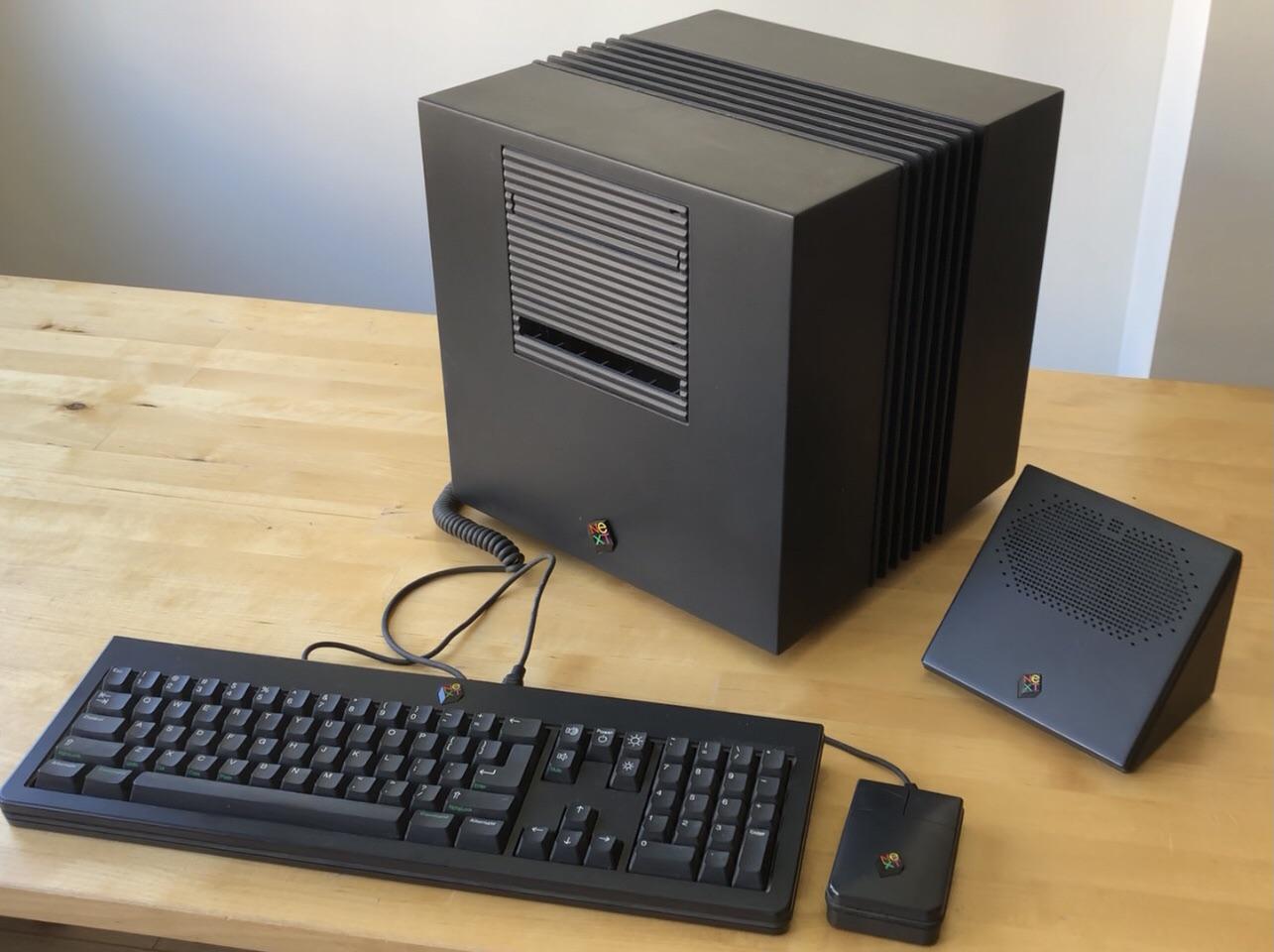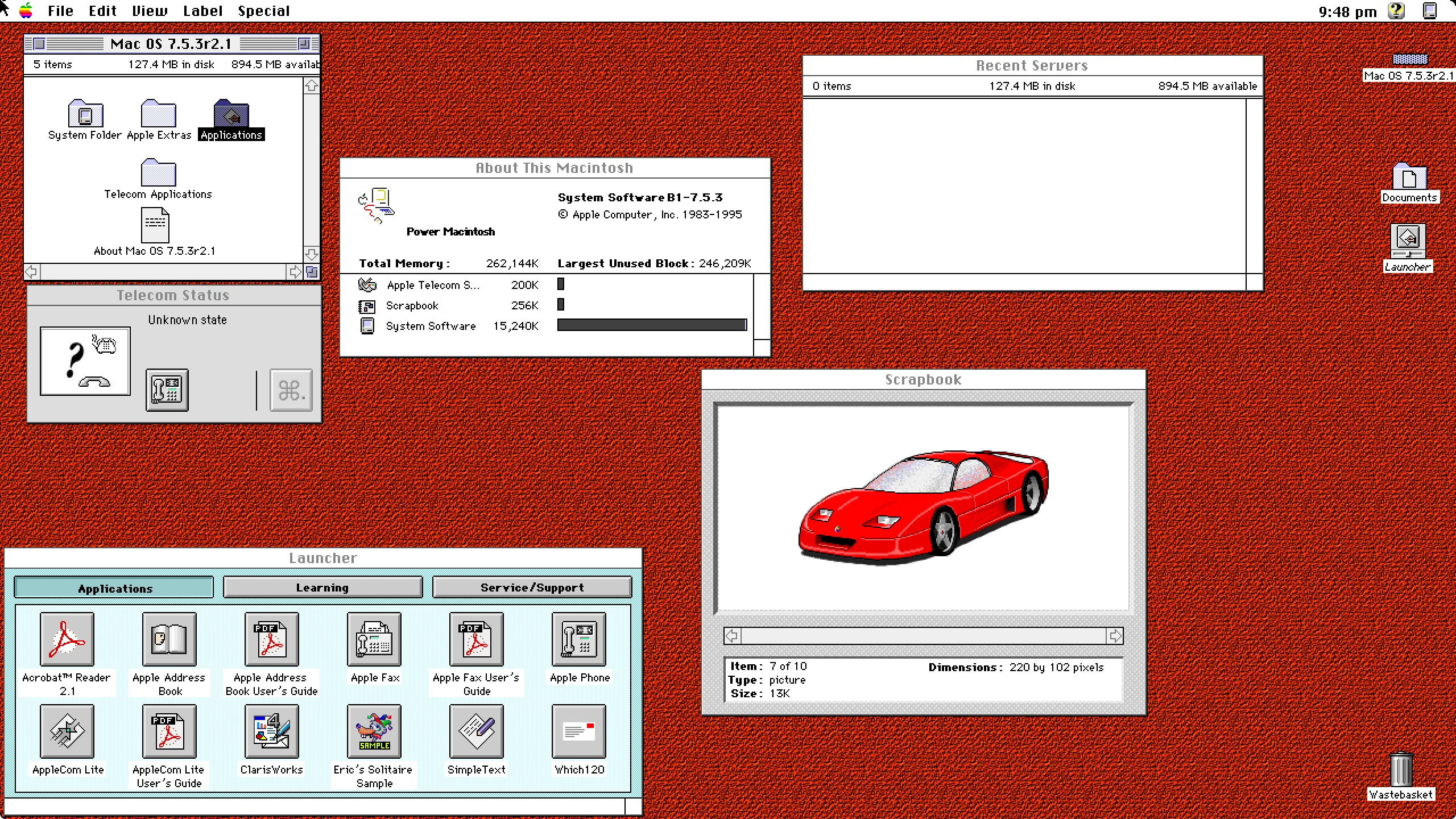What Is Steve Jobs' NeXT? Inside the 'Failure' That Reinvented Apple
- While the NeXT Computer wowed crowds, it barely sold—but its true success was hidden in plain sight.
- Did you know the World Wide Web was born on a NeXT machine?
- When NeXT’s hardware failed, Jobs pivoted—and that pivot changed everything.
In 1985, Steve Jobs, ousted from the company he co-founded, Apple Computer, embarked on a new venture that would ultimately pave the way for future technological revolutions. This venture was NeXT, Inc., a company that combined bold hardware innovation with pioneering software, shaping modern computing more than most might realize. But before NeXT reached its lasting legacy, its journey was marked by triumphs, struggles, and an eventual pivot that underscored the complexities of technological entrepreneurship. Photo via Cult of Mac // "Steve Jobs Comes Back." There was a lot of hype for Steve Jobs reveal of NeXT's personal computers.
Photo via Cult of Mac // "Steve Jobs Comes Back." There was a lot of hype for Steve Jobs reveal of NeXT's personal computers.
The Birth of NeXT: From Vision to Reality
A Start Driven by Higher Education Needs
Jobs' departure from Apple was a turning point. After informing Apple's board on September 12, 1985, he made public his intentions to create a new enterprise. This company aimed to develop cutting-edge computers tailored for higher education—a sector Jobs felt was underserved by current technologies. Initial details were scarce, but as Jobs described it to The New York Times, "We are going to listen to these people and find out what they want," referring to university and school users.
NeXT quickly gained momentum, with Jobs assembling a team that included key former Apple colleagues: Rich Page, Bud Tribble, Susan Barnes, Dan'l Lewin, and George Crow. This formidable group brought substantial expertise in engineering, finance, and marketing.
Legal Troubles and Quick Resolutions
Despite Jobs' outward enthusiasm, his split from Apple was not without conflict. On September 23, 1985, Apple sued Jobs for alleged misappropriation of proprietary information and breaching his fiduciary duties. Jobs, maintaining the suit was "absurd," told The New York Times, "We spent hour upon hour with them, and as of Friday evening, we thought we had reached an agreement." By January of the following year, Apple and Jobs reached a settlement: Jobs agreed not to recruit further from Apple for six months, while NeXT committed to a focus on higher-performance machines, steering clear of direct competition with Apple’s personal computers.
The NeXT Computer: Innovation in a Black Cube
A Revolutionary Launch
By 1988, three years after NeXT’s founding, Jobs unveiled the NeXT Computer at San Francisco’s Davies Symphony Hall to a crowd of around 3,000 attendees. This wasn't just another product launch; it was a spectacle, met with standing ovations and praised with "instantaneous rave reviews," akin to a theatrical release.
NeXT's debut machine, dubbed "the Cube," housed state-of-the-art technology within a sleek, one-foot black magnesium frame. Inside, a Motorola 68030 processor ran at an impressive 25 MHz, supplemented by a Motorola 56001 Digital Signal Processor. The machine also featured an innovative 256 MB built-in magneto-optical drive, setting a new standard for data storage. Photo via Reddit // Steve Jobs' NeXT Inc. debut computer, dubbed "the Cube."
Photo via Reddit // Steve Jobs' NeXT Inc. debut computer, dubbed "the Cube."
Jobs was not content with just an impressive processor. NeXT's software environment, NeXTSTEP, ran on a robust UNIX-based system with an intuitive, proprietary graphical user interface. These elements positioned NeXT as a high-end workstation rather than a mere personal computer.
Financial Infusions and High Stakes
The H. Ross Perot Boost
NeXT's initial funding came from Jobs' personal investment of $7 million, a sum later supplemented by an additional $5 million. However, it was businessman H. Ross Perot's $20 million investment that propelled NeXT forward, providing not only capital but validation in the competitive tech landscape. Perot, who discovered Jobs through a PBS documentary, described NeXT as "the least risk of any [startup] I've seen in 25 years in the computer industry."
Designer Paul Rand’s $100,000 Contribution
Jobs’ penchant for perfection extended to NeXT’s branding. The famed designer Paul Rand, known for the iconic IBM logo, was hired for a one-time fee of $100,000—equivalent to $234,000 today—to create NeXT’s logo. Rand’s approach was uncompromising: he offered a single design, take it or leave it. The result was a vibrant, memorable logo encapsulated in a detailed branding guide. Photo via Logo Design Love // The NeXT Computer logo, designed by Paul Rand.
Photo via Logo Design Love // The NeXT Computer logo, designed by Paul Rand.
High Hopes, Limited Market Success
Academic Aspirations Meet Reality
Despite initial enthusiasm and robust design, NeXT's market performance fell short of its ambitious vision. The educational sector, which NeXT initially targeted, did not adopt the machine as widely as anticipated. Businessland, a major PC distributor, managed to sell only 360 NeXT computers in its first year, starkly contrasting with Apple's 400,000 Mac sales—a figure that itself was considered modest.
The NeXTstation and Pivot to Software
By 1990, NeXT introduced its next lineup, the NeXTstation and NeXTstation Color, with an improved 68040 processor and a 32-bit true-color display. However, sales continued to struggle, and by 1993, NeXT ceased hardware production entirely, shifting its focus to software development. NeXTSTEP gained traction, particularly in corporate and financial sectors, for its advanced object-oriented programming environment.
The Apple Connection Reborn
Apple’s Strategic Acquisition
In 1996, after years of dwindling sales and strategic pivots, Apple acquired NeXT for $429 million and 1.5 million shares of Apple stock. This acquisition marked not only the reintegration of Steve Jobs into Apple but also the foundation for the future macOS. NeXTSTEP's DNA became embedded in OS X, influencing modern macOS design and features, including the Dock and foundational elements in Objective-C. Photo via Apple Wiki // Apple's Mac OS 7.5.3, released in 1996.
Photo via Apple Wiki // Apple's Mac OS 7.5.3, released in 1996.
A Legacy Far Beyond Failure
While NeXT sold only around 50,000 computers over its lifetime, its true legacy is monumental. Tim Berners-Lee used a NeXT computer to create the World Wide Web, an achievement etched in history. NeXTSTEP’s contributions continue to resonate, evident in macOS and iOS development tools today.
Jobs' return to Apple, facilitated by the NeXT acquisition, ultimately transformed Apple from a struggling company into the tech giant it is today. As Jobs himself might have said, NeXT was more than just a company; it was the bridge to a future he envisioned all along.
In the end, the lessons from NeXT laid the groundwork for Apple's revival, illustrating how failures often pave the way for the most profound successes.
No password required
A confirmation request will be delivered to the email address you provide. Once confirmed, your comment will be published. It's as simple as two clicks.
Your email address will not be published publicly. Additionally, we will not send you marketing emails unless you opt-in.